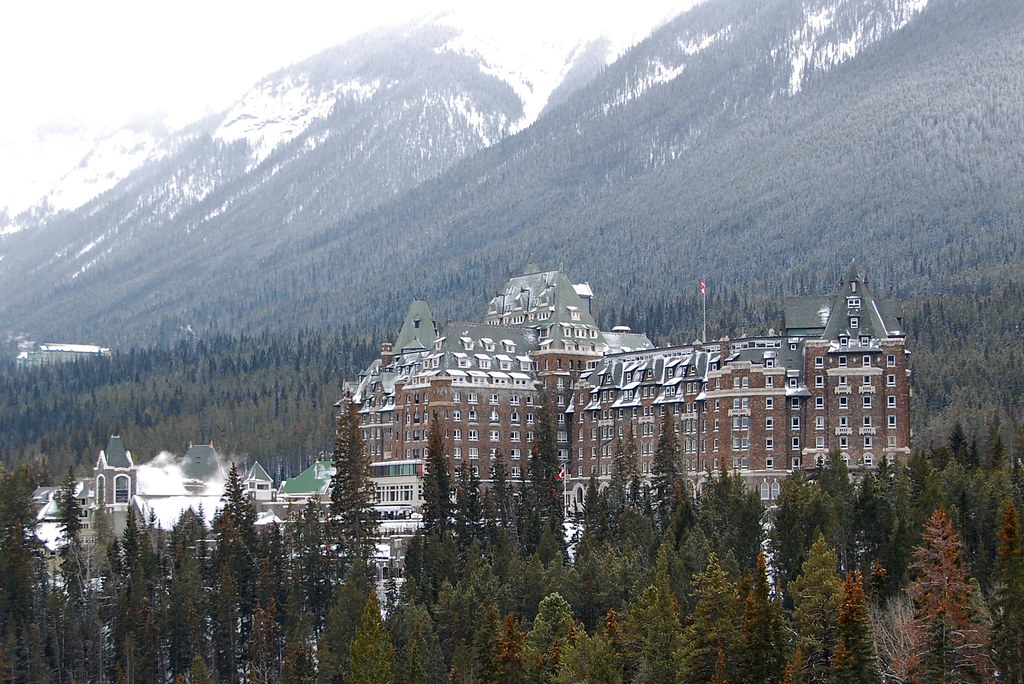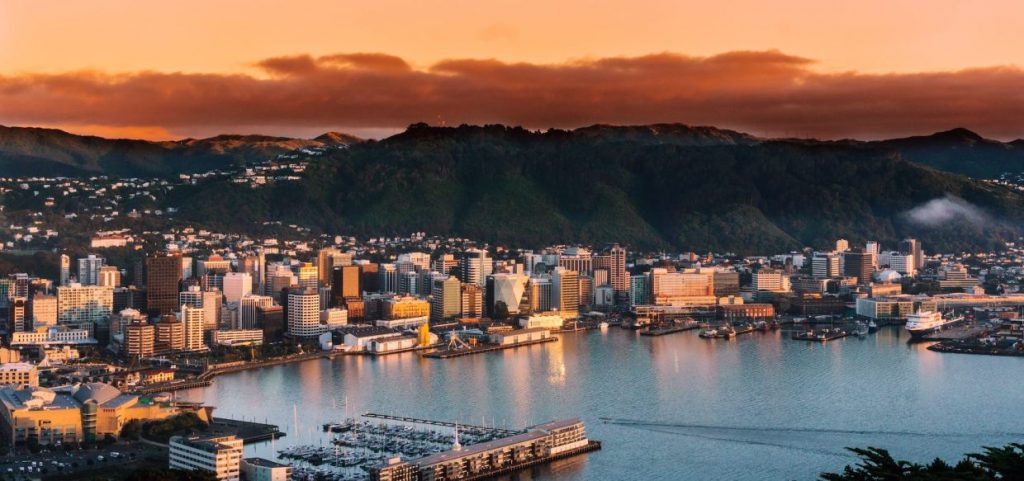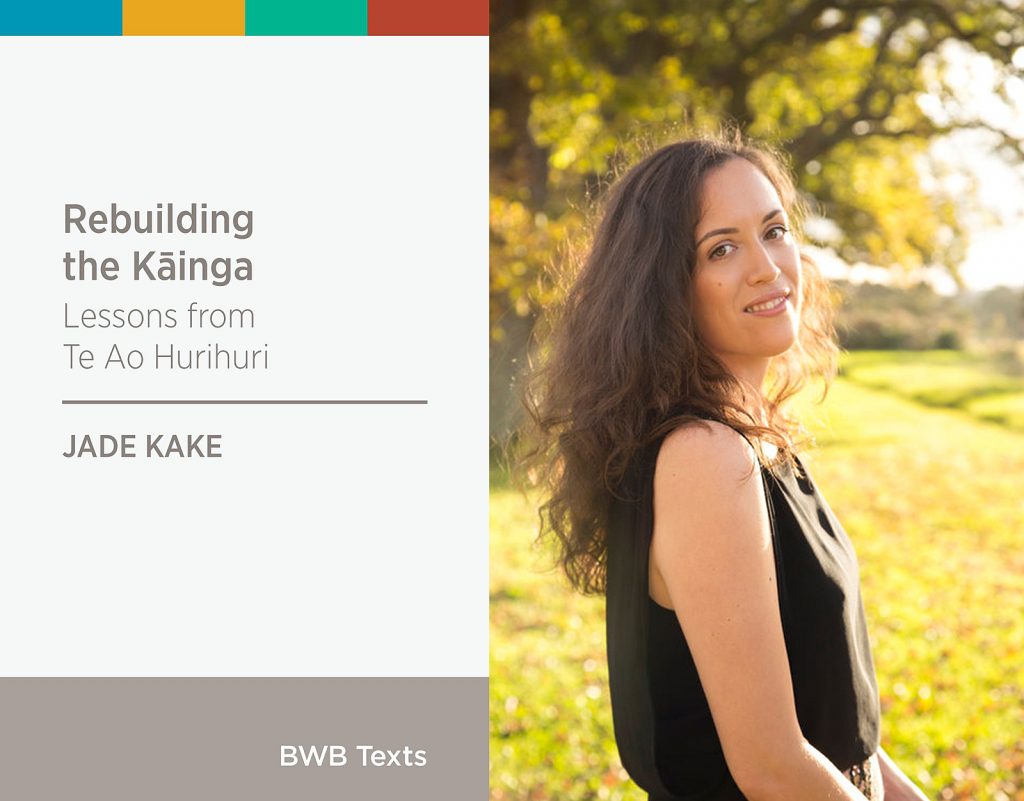What does decolonisation look like in our towns?
Heard of decolonisation? What about re-indigenisation? What do these mean for how we design our towns and why should we care? Here’s our crash course on everything you need to know!
We’ve been thinking about decolonisation and what decolonising our spaces means. But we realise these are huge topics that can be intimidating. Still, we believe they’re crucial and exciting ideas that should influence how Aotearoa represents itself.
This is the first in a three-part series. In this article, we’ll define decolonisation and re-indigenisation in the context of urban design. In part two we’ll give some more practical methods, theories and principles. And in part three we’ll go through some FAQs.
Colonised Cities
Let’s start with what colonisation looks like in this context.
Now, colonisation, its ramifications, and its ongoing effects are already gigantic topics. For the purposes of this series, we’re just going to give an overview of the effects of colonisation on urban design. But this is not to gloss over other methods, effects or examples of colonisation.
When a nation is colonised, the coloniser culture tends to build spaces based on its own aesthetics, values, identities, institutions and narratives. This often comes with the removal, replacement or suppression of land, spaces, symbols, and practices that reflect the indigenous culture.
Among other things, this suppression or lack of representation has detrimental effects on identity. When you can’t see yourself in the world around you, you start to think your stories aren’t important. Or that your history and contributions aren’t worthy or interesting enough to be mentioned.
The absence of representation can be just as damaging as poor representation. This leads to “symbolic annihilation.” On the other side, seeing oneself authentically and throughout our spaces, allows people to reflect on their identities and explore who they can be.
When it comes to city design, the effects of colonisation can be seen everywhere. It’s in what buildings become hubs or are considered essential. And importantly, what aren’t. It’s in how cities are laid out, the systems or actions they encourage or discourage.

When you think of a town centre, what does it look like? What structures or institutions do you assume are present? Maybe law courts, libraries, a cinema? What about a marae?
For another example, consider how we design our houses and residential areas. These spaces in New Zealand are often made for collections of smaller, single families rather than, say, for communities or intergenerational living. Think about what these designs assume about family make-up, life goals and the purpose of a house.
It makes it harder to see your parents and extended family if we’re all expected to move out and get our own properties as soon as possible. And it’s harder for family members who need extra care to move in with you if fewer houses are designed for several generations with diverse needs.
Matthew Hickey, a Mohawk architect working in decolonising art and design, describes how even structures like high-rises are reflective of certain Western values. He suggests these buildings emphasise hierarchy; the higher up the better, more powerful you are. He says this is antithetical to an Indigenous view which is more cyclical, communal, and inclusive.

Hickey also describes how colonisation influences how structures interact with nature. There’s a history of coloniser structures that dominate nature rather than seek to work with it. For example, buildings like the Fairmont Banff Springs Hotel (shown above) make no pretence of being a part of the landscape. Instead, they stand starkly against it, letting people look out over nature without connecting to it.
In her chapter in the book, Ecologies Design: Transforming Architecture, Landscape, and Urbanism, Rebecca Kiddle describes further effects of colonisation in urban design in the New Zealand context. In Aotearoa, little spatial design engages with Indigenous knowledge. This is pervasive in institutions such as education and urban planning.
Architectural education is typically based in Western practices and philosophies. Even in New Zealand, Indigenous theory tends to be avoided or unknown. In urban planning, the Town and Country Planning Act zoned Māori settlements as rural land. This limited the number of dwellings that could be built around marae and discouraged traditional ways of living.
In moving into cities and available housing, Māori were forced to move into Western-style homes designed for single, nuclear families (again discouraging intergenerational and traditional living). It became a trade-off between a stronger connection to community and whenua, or having a job and keeping up with a rapidly urbanising world.
Decolonisation: Voice and Visibility
So in the face of all that, what does decolonisation look like?
Decolonising here means Indigenous people regaining land, and power and agency over a nation’s identity and development. It allows for a reconnection with Indigeous identity and a choice about how this will be represented.
“In Aotearoa New Zealand, practical decolonisation, underpinned by te Tiriti o Waitangi, could be used not only to redress past wrongs but to build a more just, equitable, and inclusive society.”
Jade Kake
A key way to do this in Aotearoa is to integrate Māori voices, local Iwi and kaupapa Māori throughout design processes. And on that, to make sure this is adopted as standard protocol across all types of spatial design. Currently, Māori involvement is often only deemed necessary if a local government sees a project as having specific relevance to Māori.
A study by Raerino, Macmillian, Field & Hoskins (2021) discussed local Māori autonomy and engagement in streetscape design. There are some important takeaways from this case study. Many participants noted that Māori involvement needs to feel integrated, welcome and respected throughout the process. It can’t feel like a ticking a box at the end and it can’t feel like tokenism.
This kind of superficial inclusion can feel disrespectful and objectifying. One participant recounted working on a project that presented three pre-made design options for approval. She said the experience felt like they were after a rubber stamp of Māori endorsement even though Māori were afforded no input to the actual design.
“[Good architecture] is more about values, the people, the design process and the journey, than it is about bricks and mortar.”
Nicholas Dalton
Raerino et al. (2021) also found that including practices, such as a karakia at meetings, creates an atmosphere where Māori culture feels welcome and understood. Sometimes even these small but thoughtful considerations make a world of difference.
Active learning and education for everyone involved in the planning, design and construction processes should also be encouraged. We should be asking questions like:
- What is the history of this space? What’s the history of its use and significance? What changes has it gone through?
- Who has lived on this land?
- What was the original name for this place?
- What are/were the values and needs of this place and the people who use(d) it?

We ought to ask these questions repeatedly to influence the process and the product. It is also worth noting that sometimes the answers to these questions may be lost due to them being unrecorded or suppressed or erased.
We can apply a decolonising lens to re-evaluate other aspects of and assumptions within our society and systems. For example, our education system, milestones and expectations like when you should move out or buy a house. Or even philosophies around work, money and equity. But, those are much bigger topics for another time.
“[Decolonising] requires a shift not just in what actions are taken, but also in how people think. This process can have positive results for not only the indigenous people, but for the entire community.”
Victoria University of Welligton with Rebecca Kiddle
Now we need to discuss another side to decolonisation. We know what we want to move away from, but where do we move to?
Re-Indigenisation: Restoring and Reimagining
Re-indigenisation is complex and nuanced. And it will look different for every place and people.
Re-indigenisation is similar to decolonisation. Some of the practical methods of decolonising will mean re-indigenising. Still, there’s an important shift in mindset that comes with re-indigenisation because it no longer centres coloniser cultures or assumptions. Instead, it focuses on how Indigenous people want to be represented and reflected.
This shift in focus lets us look both forward (to what we want to create), and to the past (by acknowledging a place’s history and peoples). This Evergreen article argues that re-indigenisation, then, is about placekeeping not placemaking. It requires us to learn and talk about ecological, cultural and historical significance when we design and construct our spaces.
So, let’s talk now about some basic ways of re-indigenising our spaces.
We can encourage te reo Māori in our place names and public spaces for one thing. Public Māori art should also be actively supported. Art is a key way for people to represent themselves. It can be a source of cultural and national identity. We use public art for education, to tell stories, to make statements about our world, confront our pasts and so much more.
“seeing ourselves, our values, our tohu (symbols) including te reo (language) reflected back is vital to our wellbeing and identity.”
Participant, Mei in Raerino et al. (2021)
Art and language are far from the only ways to re-indigenise. Re-indigenisation would also mean fostering structures in our neighbourhoods and towns that reflect Māori desires and kaupapa. For one thing, this could mean more homes and neighbourhoods that better emphasise community or intergenerational living.

We can also look to the work of Jade Kake, an architect and author working in re-indigenising architecture and landscape design. She has discussed rebuilding and reimagining kāinga (traditional Māori settlements).
To her, this doesn’t mean living exactly as her tupuna did. Instead, we would learn from their mātauranga and how they lived with their environment, and combine this with how we live today. You can hear her speak more on rebuilding kāinga here.
Where to next?
We’ll get into more methods and ethics of re-indigenisation in part two. We’ll hear more from some people you’ve already met today like Jade Kake, Rebecca Kiddle and Matthew Hickey. And we’ll highlight some projects we’re excited about.
For now, hopefully, you have a baseline understanding of these concepts. We’ve linked some extra resources below and throughout this article, if you want to go more in-depth. Still, you may have many questions after this, and we welcome them. If you like, feel free to ask those questions in the comments and we can include them in our part three FAQs.
Further Resources
- Part two: Re-indigenising and how to decolonise design by. Grace Clark
- Whose history do we in Wellington care about? by Rebecca Kiddle
- Spatial Justice—Decolonising Our Cities and Settlements by Jade Kake
- Why the Māori king’s daughter met with Prince Charles in London by Mahi Tahi Media
- Colonial legacies shape urban nature: why this should change by Michelle Cocks and Charlie Shackleton
- Decolonise or indigenise: moving towards sovereign spaces and the Māorification of New Zealand museology by Puawai Cairns
- A Respectful Design Framework: Incorporating indigenous knowledge in the design process by Lizette Reitsma, Ann Light, Tariq Zaman & Paul Rodgers
There is a new housing project in New Plymouth to build more than 40 one and two bedroom flats for people on Kainga Ora waiting lists. This seems like a case of colonisation. How many families would fit into a one or two bedroom flat and what would that family look like? Where are the larger homes for large or extended families? The development won’t do much about the issue of homelessness. Even with a bias towards housing singles, couples, and small families, there are still local neighbours complaining about a possible drop in their property values.
Excellent article about a difficult and very nuanced issue. One that is fraught with dangers as is noted. Cultures are not static and there is a big risk that in decolonising and re-indigenising we try to recreate a canonical version of an indigenous culture that is too narrow and frozen in time. One that does not truly recognise the living growing nature of that culture.
Then there are those descendants of the colonisers who no longer see themselves as members of the colonising power. New Zealand is the only home they know. These people are in some important ways native to the land as well and likely do not want to be viewed as colonisers. The history of the world is based on these stories. How we reconcile and create a fitting healthy future is what is important.